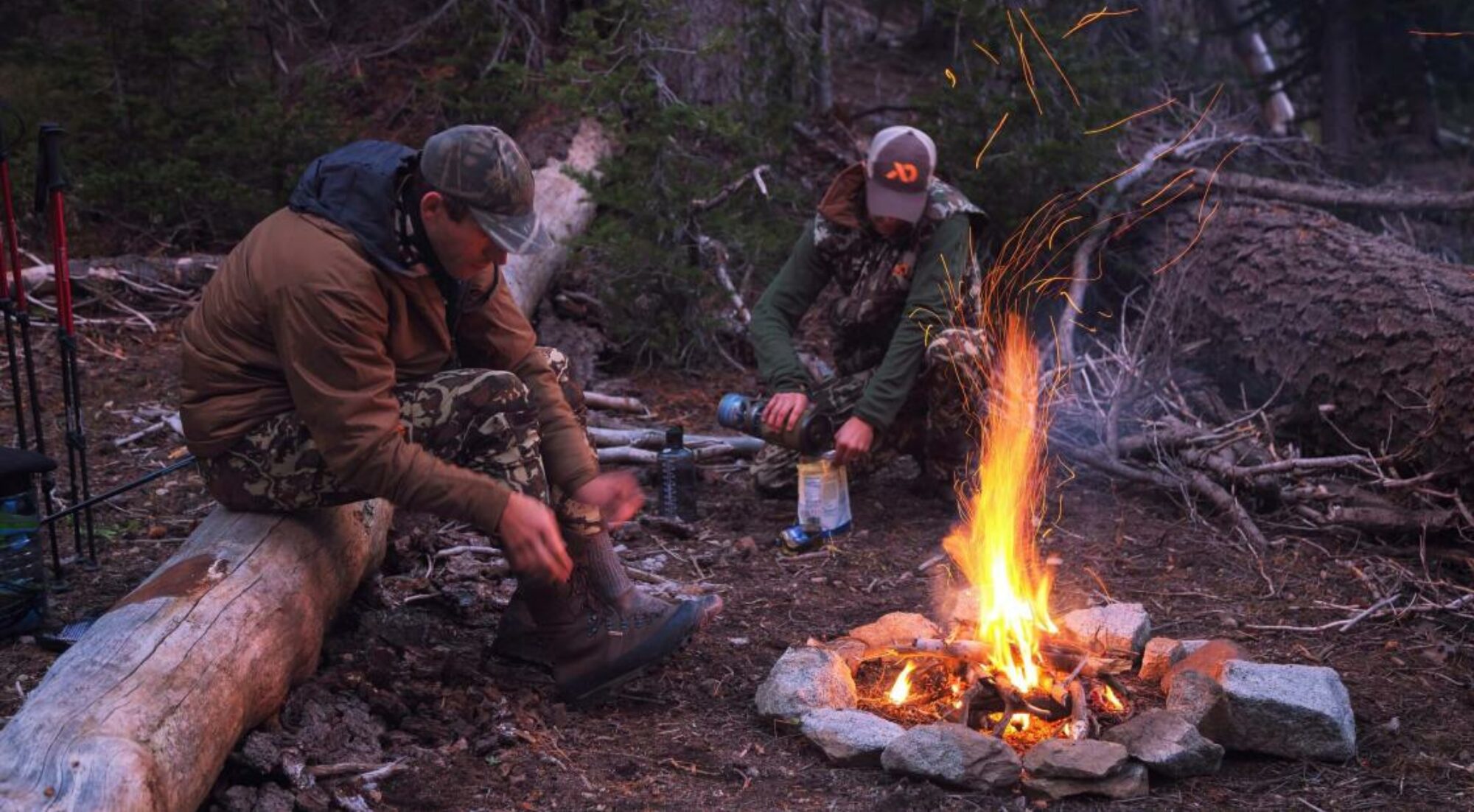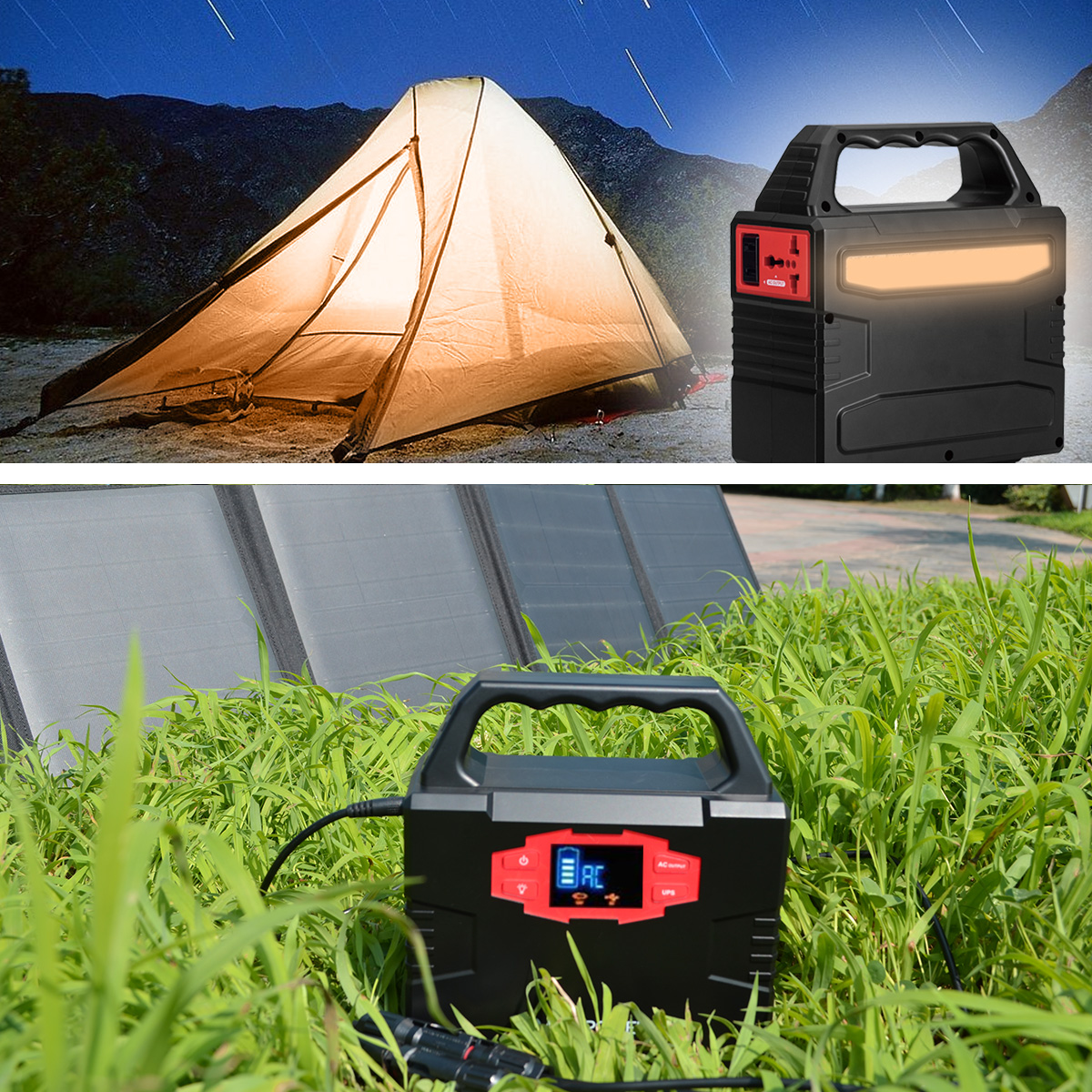
Properly Preparing for a drought would have made life a little easier for numerous families during some of the driest times in history. The Dust Bowl was the name given to the drought stricken Southern Plains region of the United States, which suffered severe dust storms during a dry period in the 1930’s. As high winds and suffocating dust swept the region from Texas to Nebraska, people and livestock were killed and crops failed across the entire region.

Lack of rainfall and overcultivation turned green prairies into dry deserts. While a disastrous drought of this magnitude might seem near impossible to properly prepare for, the reality is that you can. The western United States is currently experiencing a drought and heat wave. One that is part of a drought/saturation cycle that dries out the region every few years. Properly Preparing for a drought can be the determining factor as to whether you struggle or prosper in these harsh times.
Properly Preparing for a drought and Why does a drought happen?
Droughts can happen when certain weather patterns settle into place over a region or country which cause hot, dry conditions. Moisture is pulled from the ground and plants and evaporation takes place as well resulting in a dry, parched type climate. When these conditions persist for an extended period of time or there is a lack of rain/snow fall during the season in which it is supposed to fall, then you end up with a drought. Lack of water reserves from city or secondary utilities make matters worse and could cause a severe situation.
Over cultivation or also known by over farming and deforestation can also cause drought conditions. When forests and vegetation disappear, less water is available to feed the water cycle, making entire regions more vulnerable to drought. Meanwhile, deforestation and other poor land-use practices, such as intensive farming, can diminish soil quality, nutrient content and the lands ability to absorb and retain water.
Preparing for a drought seems pretty straightforward. Conserve water resources. There are other resources on the internet that have information also like Ready.gov. Have some backup ideas and of course have some reserves like stored water in the case of emergencies or extreme shortages. But what does it mean exactly?
Water resources/collection
Many resources can be utilized to provide water during dry seasons, emergencies and even for regular use to reduce costs of local water resources. A really good but not abundantly utilized idea called rainwater harvesting is good for regular water use. If you have a garden, this is an amazingly helpful tool to help keep it healthy and hydrated during those hot summer months. Collecting the spring runoff from your roof, will restrain from putting a strain on secondary water resources or your city water.

Look around, ask around or google for local spring water collection points as they provide superior water quality for drinking purposes. It is clean and is actually quite healthy for you. It can also be a resource to collect for storage as well. Water cubes or even large capacity containers can be stored away in a cool dark place like cold storage for emergencies. The good thing about water is that if stored in a sanitized container and kept sealed, it will never go bad!
Drilling your own well for your property can be an idea to explore. It also depends on your location and municipality concerning availability and permitting.
Also, read here about the importance of Being Self Sufficient.
Water conservancy habits
Small habits make a huge difference. Something as simple as turning off water while soaping up in the shower and hand watering your garden to get the water straight to the roots. Reduce your lawn watering schedule, fill up the sink bowl to shave rather than to let the water run. It’s going to make a huge difference during a drought if everyone can do a little. Basically, don’t run water down the drain if you can use it for something else!
Start a personal compost pile instead of running food down the garbage disposal. Avoid flushing toilet unnecessarily and put a bucket in shower to catch the excess water. Recycling our most precious resource by using bathwater on bushes and shrubs whenever possible. That also can help reduce water usage and allow the reduction in your lawn watering schedule.
Water storage
Water cubes and camping water containers are an excellent form of storage. But if your more industrious or just want something to collect rainwater for a big garden, larger tanks can be procured from sizes of 50 gallons to 5,000 gallons.
Here is a product that is good for water collection or storage. Also reinforced for strength.

Check out this outdoor water storage tank that I highly recommend. It can be purchased at 30/50/100 gallons.

When considering a larger tank, have a location in mind and also think about weather. If you live in a climate that freezes solid every winter you might look into insulating your storage tank. It will protect it against the expanding water when it freezes. You can purchase tanks made from materials that are extremely durable to these sort of things.
Survive the summer
Water shortages and severe droughts effect everyone and its definitely frustrating to see the guy down on the end of the block or even the city parks running their sprinkler systems on normal schedules. Do your part to conserve water. It is our worlds most precious resource and with world population increasing yearly it will become more and more scarce in dry, arid climates like the middle east, parts of Africa and southwestern North America.
I hope this content was useful, informative and provided some good ideas. If you have any questions, comments or anything to add please feel free to leave them in the box below.
Thanks
Sources:


